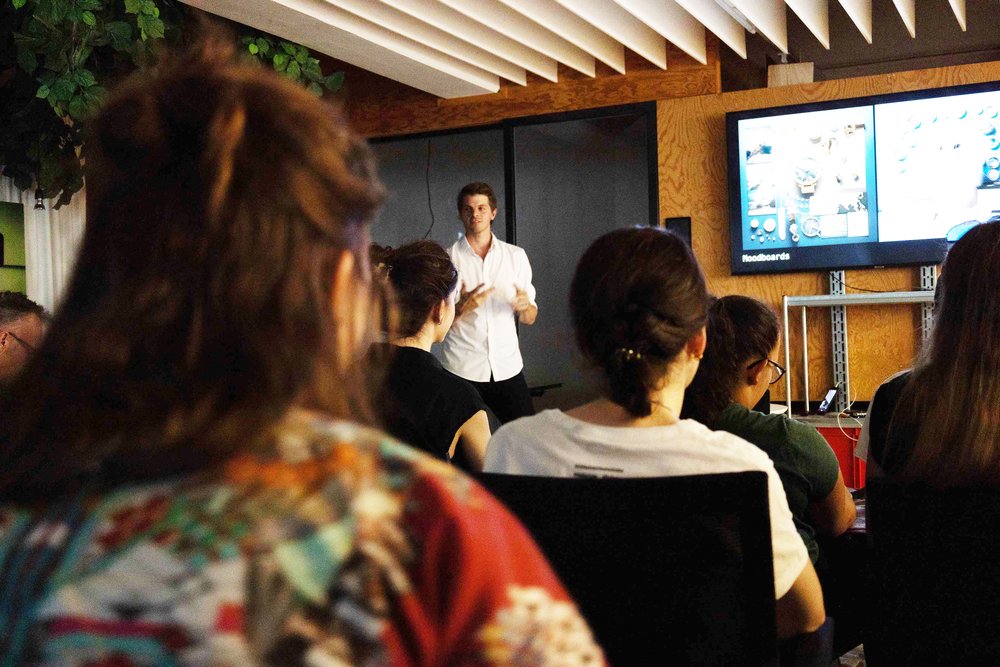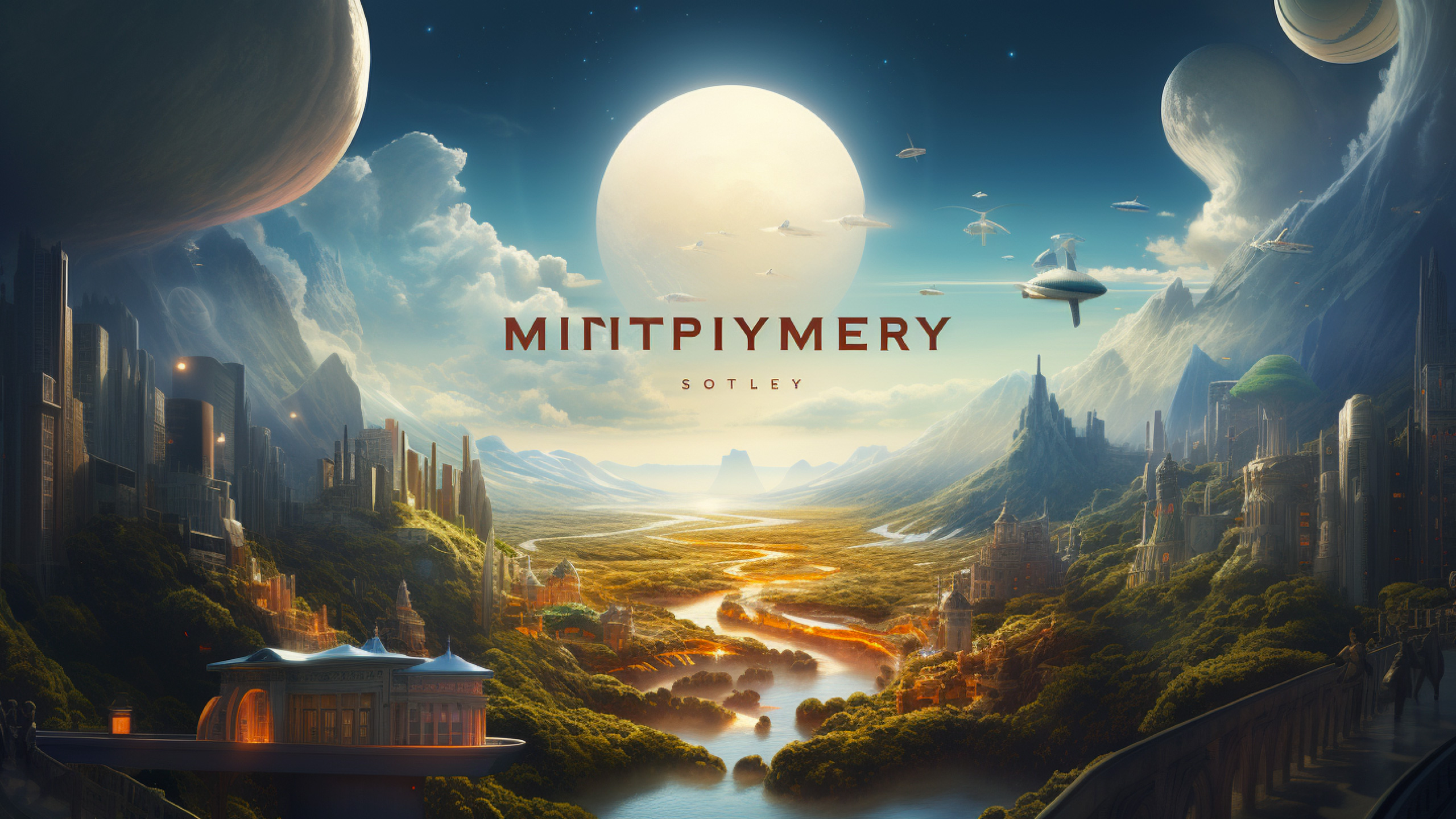The past year has seen the explosion of artificial intelligence. Generative AI became mainstream, especially for image generation. It is everywhere. I wanted to discuss one of the AI tools that are currently available: Midjourney.
If you’re not yet familiar with Midjourney, in essence, it’s a website where you can post a text “prompt” of the image you have in mind. The website then generates an image, one that’s never existed before. It was generated from “nothing”. Or more precisely, from the million of sample images it ingested. Hence the Generative AI term.
Midjourney can generate hyperrealistic portraits, landscapes or hands. Or it can create illustrations. Other platforms and tools are specialized for creating logos or even video.
My curiosity led me to experiment with it, and it seemed like an exciting topic. It was also on my mind because everyone was talking about it.
What is it good for?
The applications I see are very broad. Here are few examples:
Concept exploration
Maybe you have an idea for a campaign or a poster, but getting a photographer and a set ready is too time consuming. Generative AI let me quickly test any image I could think of.
Replacing stock images
Do you need images of grass for your website’s background? Or a wood texture for a 3D project? Done.
Generating a logo
Midjourney currently lacks expertise with this. But other services allow you to enter a description of a logo–and voilà, you have a vector version of it.
What’s the catch?
No personal style
It can be hard to make images in your own style. And it’s super easy for someone to copy your images or generate something similar.
Image rights
Is the image you’ve generated really yours? Should you be allowed to generate an image “in the style of” a famous artist ? What about the rights of the image it has been trained on?
Satisfaction
Can an illustration generated in five seconds achieve the same level of personal satisfaction as the one you create after spending a day drawing? Pride and satisfaction usually go hand in hand with effort. Often generating an image feels effortless.
Censorship
Not all images are permitted with Midjourney. This is good, but it limits possibilities.
Speed
Generating hundreds of images is extremely easy. But then what? You have to sort them. A major issue attached to working with Midjourney is curation. What is good? What is interesting? What is usable?
Speed again
Keeping up with developments in the field of AI is difficult. Every day new products and developments are announced.
Texts
Midjourney can’t write (yet). It will generate random “words,” and generate letters that don’t even exist.
Energy consumption:
One of the major criticisms of AI is energy consumption. Generating an image uses a lot of processor capacity. So you’re generating CO2 or other negative effects. But this must also be put into context. Midjourney uses Google data centers, which Google claims are 90% renewably powered. But of course, no energy use is better than renewable energy use.
I presented my explorations in a talk at the School of Design last November.

Have you been experimenting with generative AI tools ?
What potential applications do you see for this technology?
I’m curious to hear what you think.


